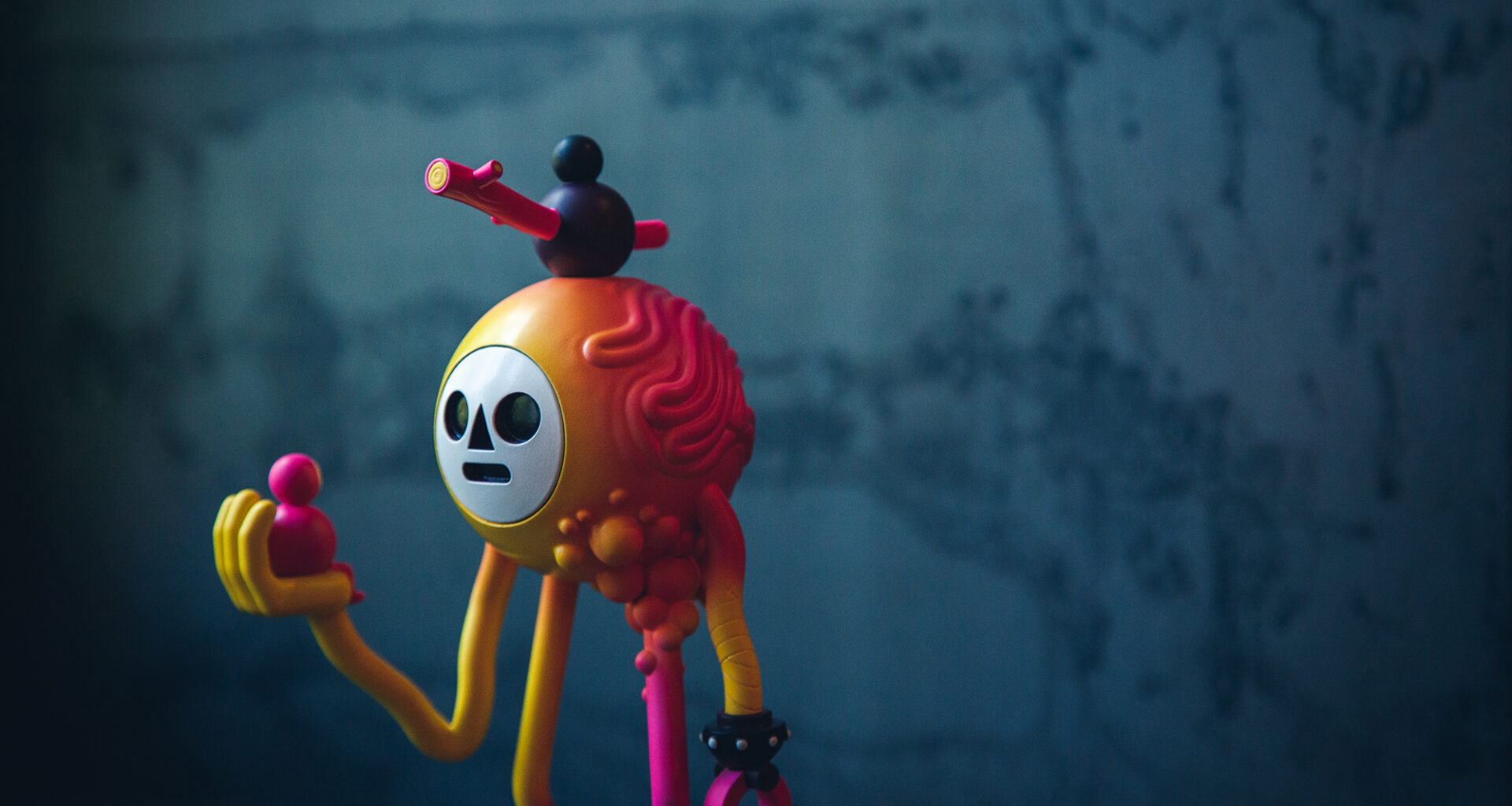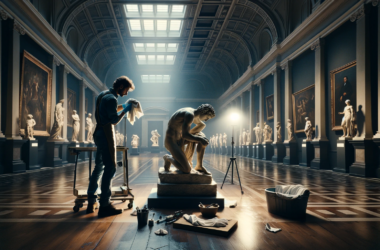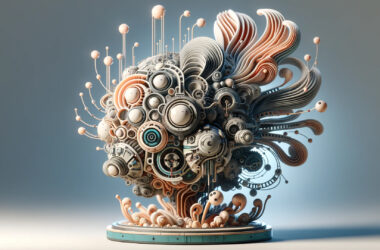In the intriguing realm of Art Toys and sculptures, it’s not uncommon to encounter significant price differences between pieces that, at first glance, seem to have been crafted using similar processes and materials. This variability in pricing can be perplexing, but a closer examination of the myriad factors that influence the perceived value and final price of these artworks reveals a complex and nuanced picture.
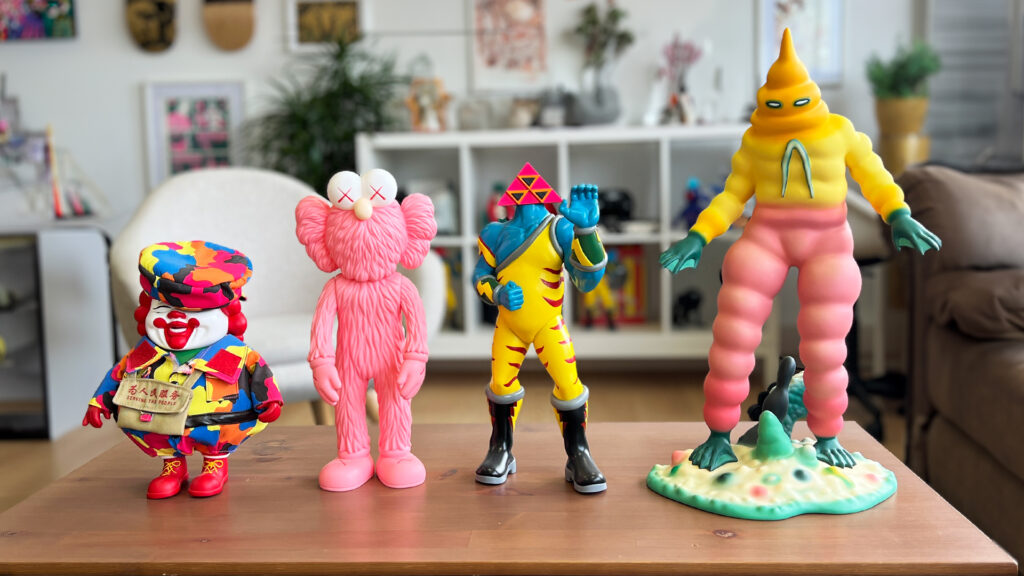
1. The Role of the Artist
The name behind an artwork can have a substantial impact on its value. Artists with a robust reputation and a distinguished track record in the art world can command higher prices. This is due not only to their proven skill but also to their ability to invoke a sense of exclusivity and prestige. Moreover, artists known for a distinctive style or innovative technique can elevate the price of their works, as these elements add a unique and irreplaceable value.
2. Edition and Exclusivity
Pieces produced in limited runs or as part of a special edition are often priced higher due to their exclusive nature. Collectors value scarcity, as it confers additional collectible value to the piece. Works that are signed or numbered by the artist can also fetch higher prices, as these details assure authenticity and underscore the piece’s exclusivity.
3. Creation Process
Even if two sculptures use the same basic materials, the time, skill, and technique invested in each piece can vary significantly. Works requiring a considerable amount of detailed manual labor or that incorporate a particularly challenging artistic technique can justify higher prices. Likewise, artists who invest in innovation, whether in design or production technique, often incorporate these costs into the selling price of their works.
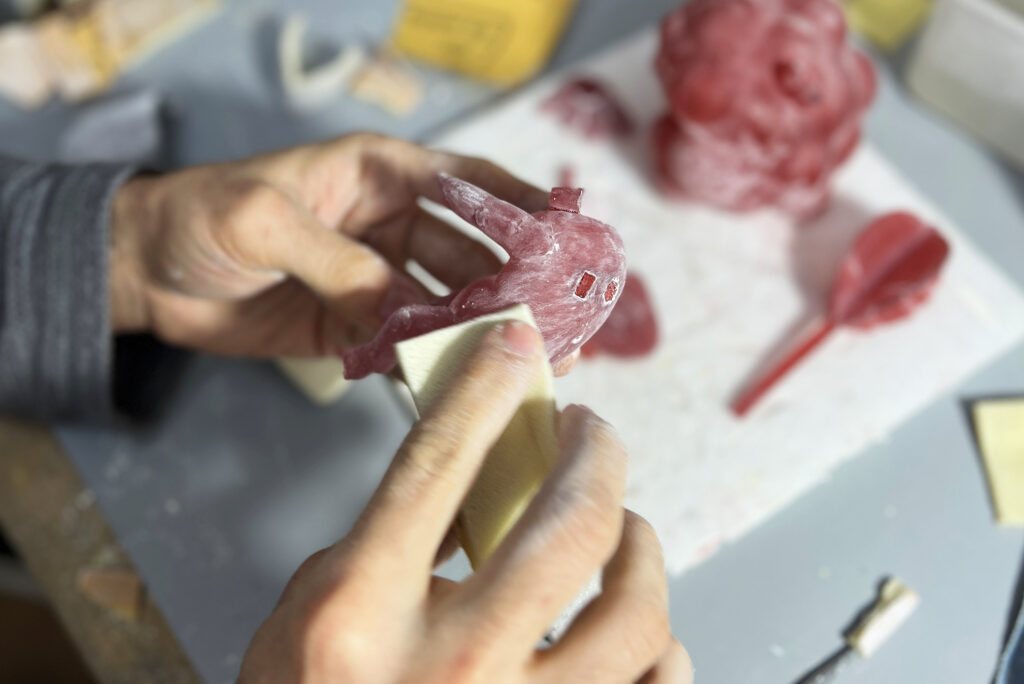

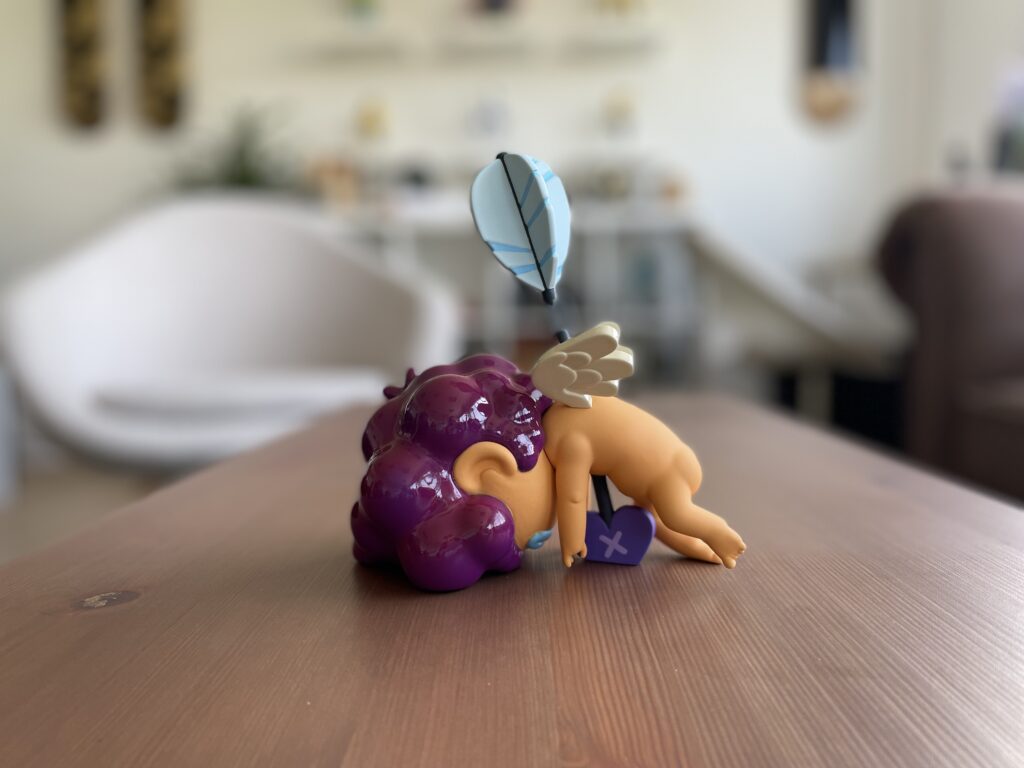
4. Market and Demand
Market factors play a crucial role in determining prices. Art Toys or sculptures based on popular characters, current themes, or fashion trends tend to have higher demand, which can drive prices up. Moreover, speculation within the collector’s market, where pieces are seen as potential investments that will increase in value over time, can also inflate prices.
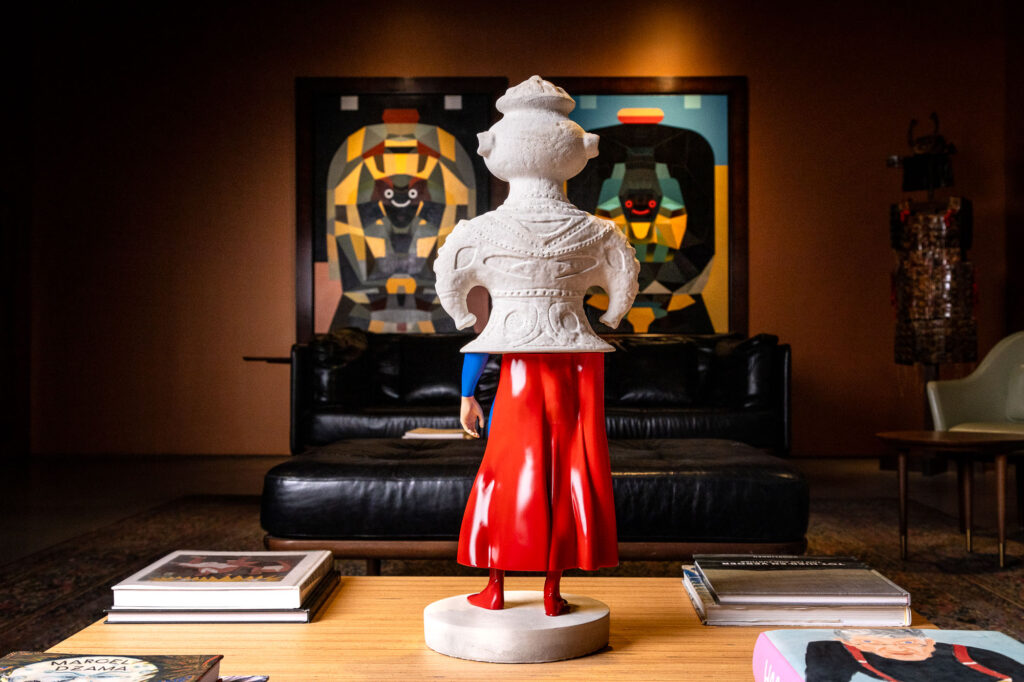
5. Hidden Costs
It’s essential to consider costs not directly related to the physical creation of the work. Copyrights and licensing fees, especially for works based on protected characters or intellectual properties, can be significant. Additionally, costs for marketing and distribution, as well as investment in packaging and presentation, can also contribute to the final price of a piece.

The price differences between seemingly similar Art Toys or sculptures can be attributed to a complex interplay of factors. From the artist’s reputation to the exclusivity of the piece, through the creation process and hidden costs, each element adds layers of value. Understanding these factors not only helps us appreciate the prices we see in the market but also deeply value the art in all its forms, reminding us that behind each price is a story, a skill, and a passion that go far beyond the materials and processes used.
